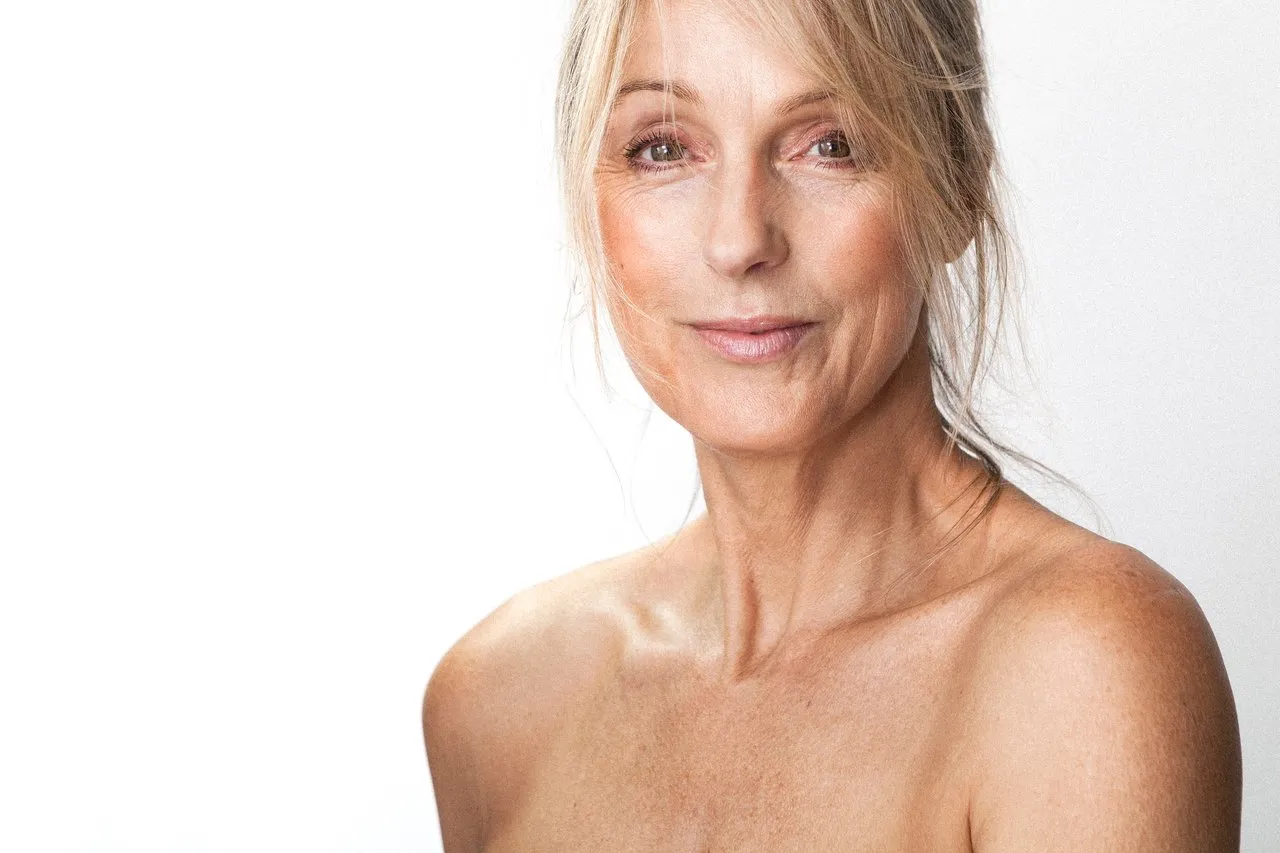
Methylene Blue (MB) is an old drug that may be a safe way of maintaining youthful skin function according to a new study.
Introduction
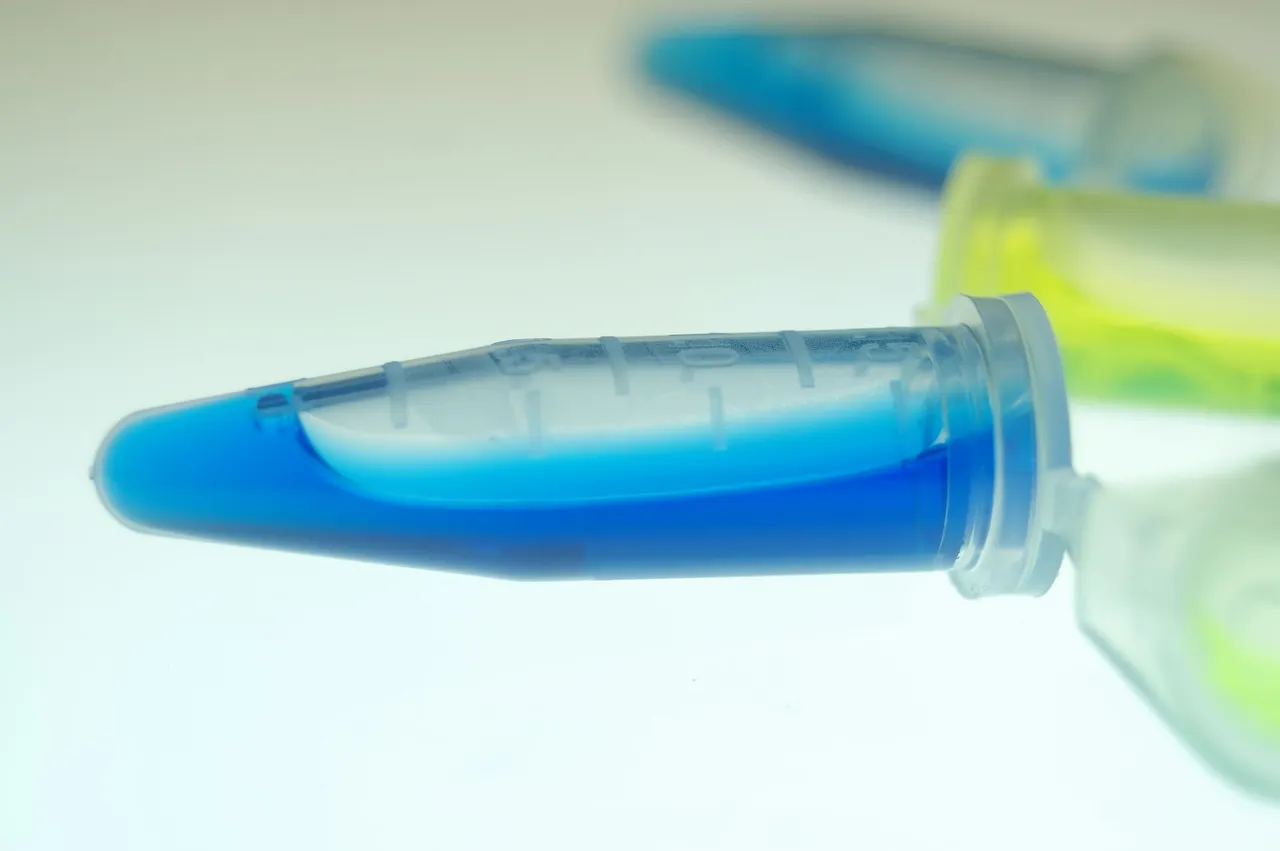
Methylene blue is a drug (and medical staining agent) has been used for a variety of ailments (and tests) for more than a century.
In recent years there has been renewed interest in it as an anti-ageing compound.
It is relatively safe and due to its chemical properties is able to proliferate through tissues very easily. It is also relatively cheap compared to some other agents.
A new open access study in Nature Scientific Reports by Xiong et al. [1] suggests that MB could have benefits in treating skin ageing.
The Study
Xiong at el carried out a number of laboratory experiments on skin cells and skin models to test the effects of Methylene Blue.
If you are interested in the specific experiments used there is a very useful summary at the end of the paper (from pg. 9 onwards).
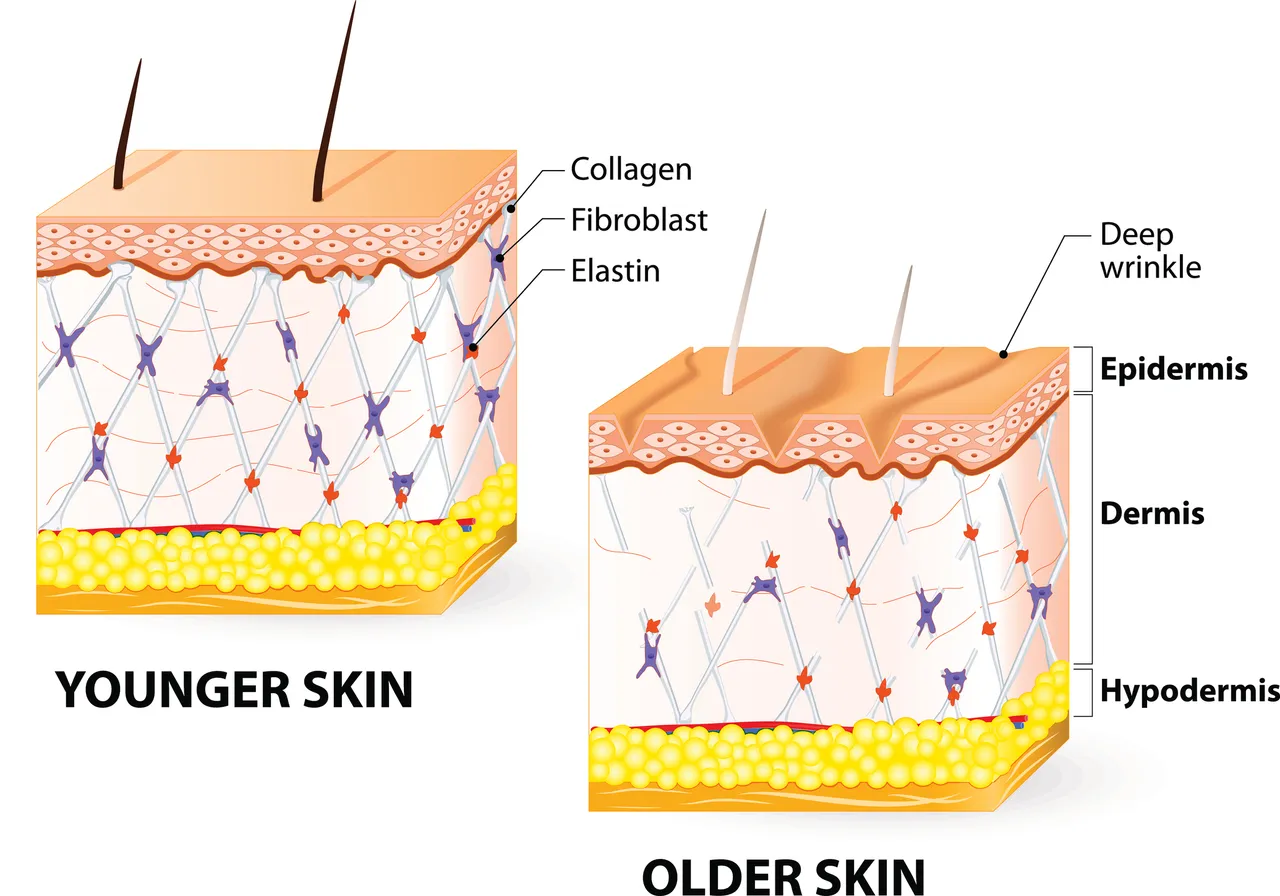
Cells taken from elderly individuals (along with younger controls) were tested, as well as cells taken from sufferers of a particular type of Progeria (HGPS - a rapid ageing disease).
In order to get a better impression of how methylene blue might work in actual skin (rather than just cells) testing was also carried out on 3D skin models as well as the simple tissue samples.
These 3D models aim to replicate physical skin (structurally and physiologically) in the lab without actually using a living person or animal.
It is a useful way of getting around the ethical constraints whilst still obtaining more representative data than basic cell/tissue testing.
Results
To keep things brief I have summarised the findings from the paper:
MB was found to be a more potent scavenger of reactive oxygen species (ROS) and a more powerful antioxidant than several other commonly used agents. It had the greatest ability at reducing ROS in mitochondria and also promoted greater skin cell proliferation compared to the other antioxidants.
MB appeared to be able to reduce the physical ageing of skin cells and restore them to a state more similar to the younger controls.
Some of these results appeared to be due to up-regulation of the protein Nrf2 (nuclear erythroid 2-related factor 2). Nrf2 also appears to be related to progeria and in protecting a whole host of cells including neurones.
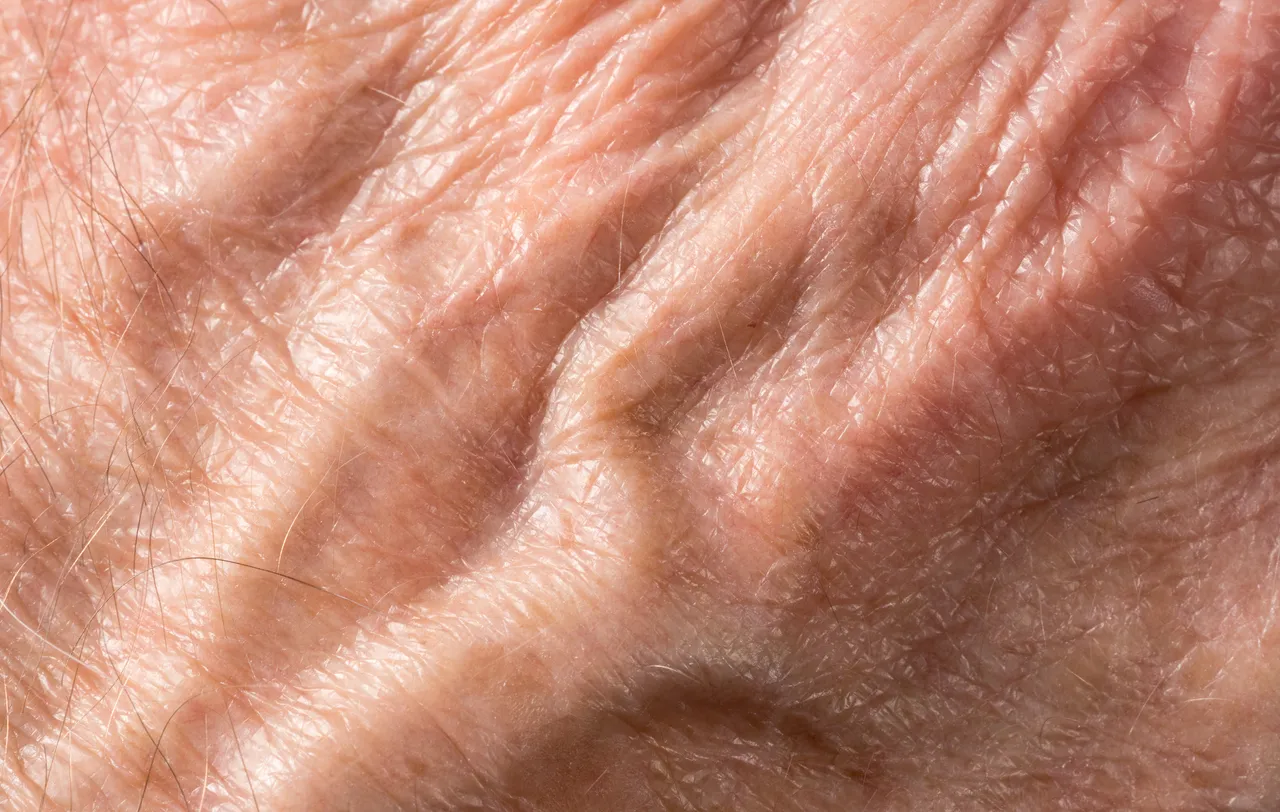
MB also appeared to up-regulate expression of genes which are involved in the production of elastin and collagen (important proteins that make up skin).
MB increased skin thickness and hydration (ability to retain water). Aged skin tends to be thinner and less effective at maintaining hydration than young skin (part of what makes it wrinkle, look old and reduces it's function as a protective barrier for the body), it appears that MB can reduce and even reverse this.
MB appeared to improve wound healing in simulated tests - this is another area where aged skin tends to be very impaired compared to young skin.
MB also appeared to be safe and did not cause inflammation at the doses used.
The overall effect of MB was to restore a more youthful level of functioning and appearance to elderly cells.
Problems
Many of the usual problems apply with such preliminary research.
Firstly these were all in vitro tests i.e. they were laboratory tests that did not take place in a living organism.

Some of the tests used cell samples, others used simulated skin. One can always query how well these results would translate to a real living person.
Sometimes things which work in the lab don't translate to being effective in actual living people.
Further the sample sizes (in terms of cell lines) used were small - perhaps the cell lines used had some peculiarities that made them particularly susceptible to the effects of MB?
As is often the case we will need further replication to confirm these results.
Conclusion
This is certainly interesting research and adds to previous research that suggests Methylene Blue may have an anti-ageing effect in a variety of tissues and organs.
Skin is our largest organ and acts as an important barrier to the outside world.
As a result it can pay a heavy price in terms of ageing.
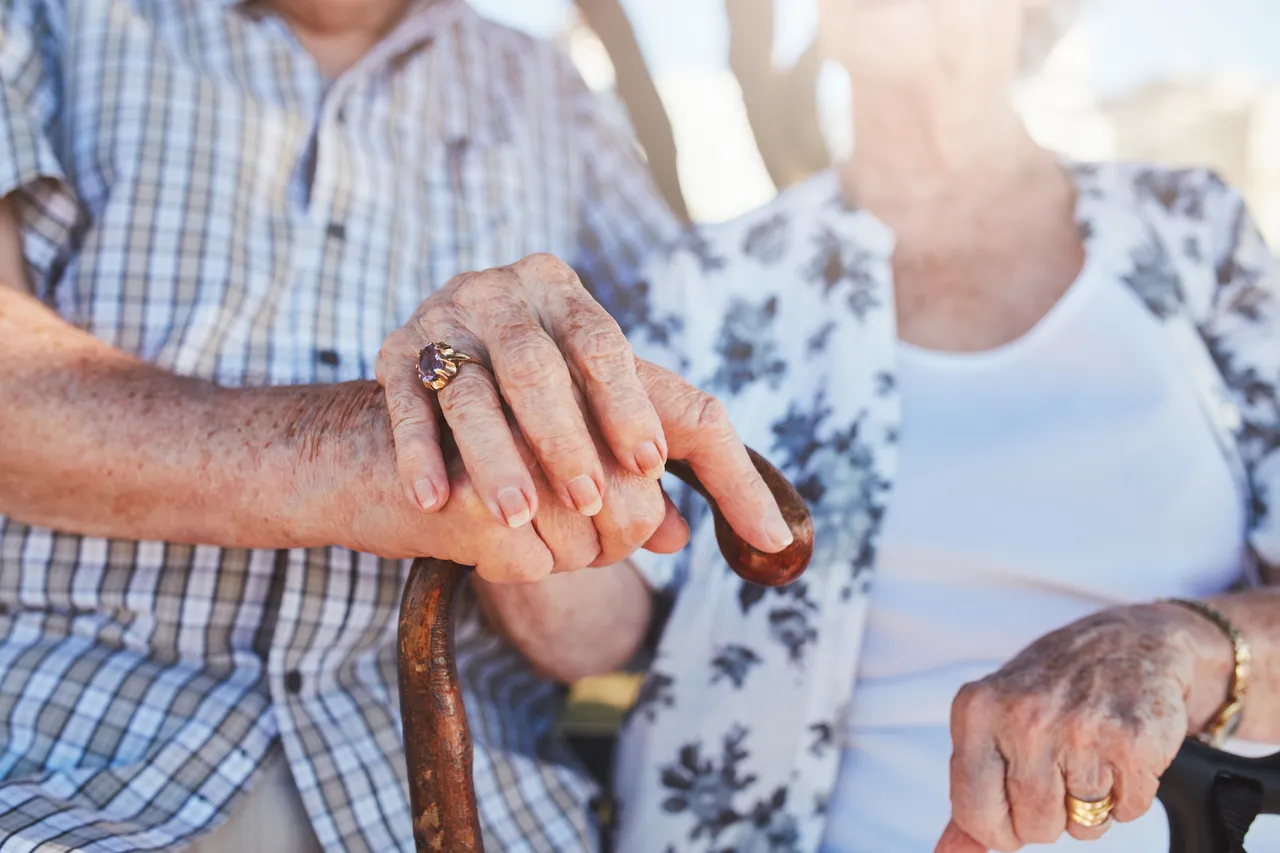
Skin related problems can often be very difficult to treat in elderly patients and this is likely due to impaired skin function as a result of age related changes.
Anything that can help with this would have significant benefits to the general health of this group and could also significantly improve their quality of life.
So far it appears that MB has the ideal combination of safety, effectiveness and relatively low cost.
It will be interesting to see if further research can continue to replicate these results and add to the evidence for its usefulness.
(NB - I have endeavoured to make this post more brief please let me know if I have the balance right.)
References
- Xiong, Zheng-Mei, Mike O’Donovan, Linlin Sun, Ji Young Choi, Margaret Ren, and Kan Cao. 2017. “Anti-Aging Potentials of Methylene Blue for Human Skin Longevity.” Scientific Reports 7 (1): 2475.
Thank you for reading

